Description
INDIGENOUS MUSIC OF MEXICO
Grouped under a generic heading, that of indigenous people, a great variety of cultural traditions coexist in contemporary Mexico, which, although they contain some common elements, present equally overwhelming differences. In musical traditions the extremes are perhaps more distant. Groups considered as indigenous maintain repertoires much more different from each other than they maintain with respect to groups never treated as native. There is no satisfactory criterion in music to define indigenous heritage.
Arturo Warman
FACE A:
1.–feather dance
2.–dance of the gypsy
3.– square dance
4.–dance of the matachines
5.–dance of the cowboys
6.–moon dance
7.–xochipitzahua
FACE B:
1.–the sound of the bull
2.–dance of the kalala
3.–vinuetes
4.–dance of the flyer
5.–katikubi
6.–dance of shepherdesses
7.–Aztec music sounds
8.–the bakers







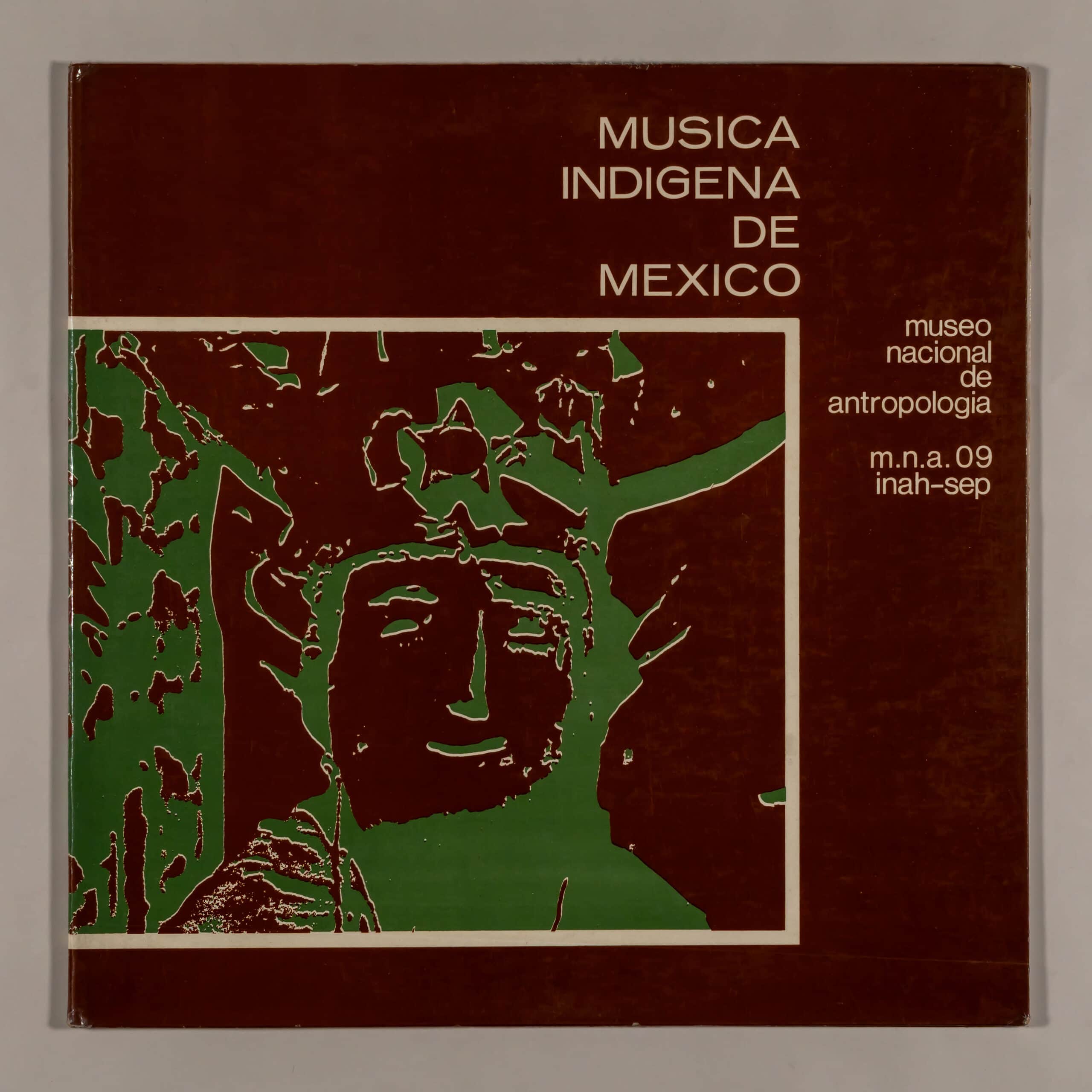
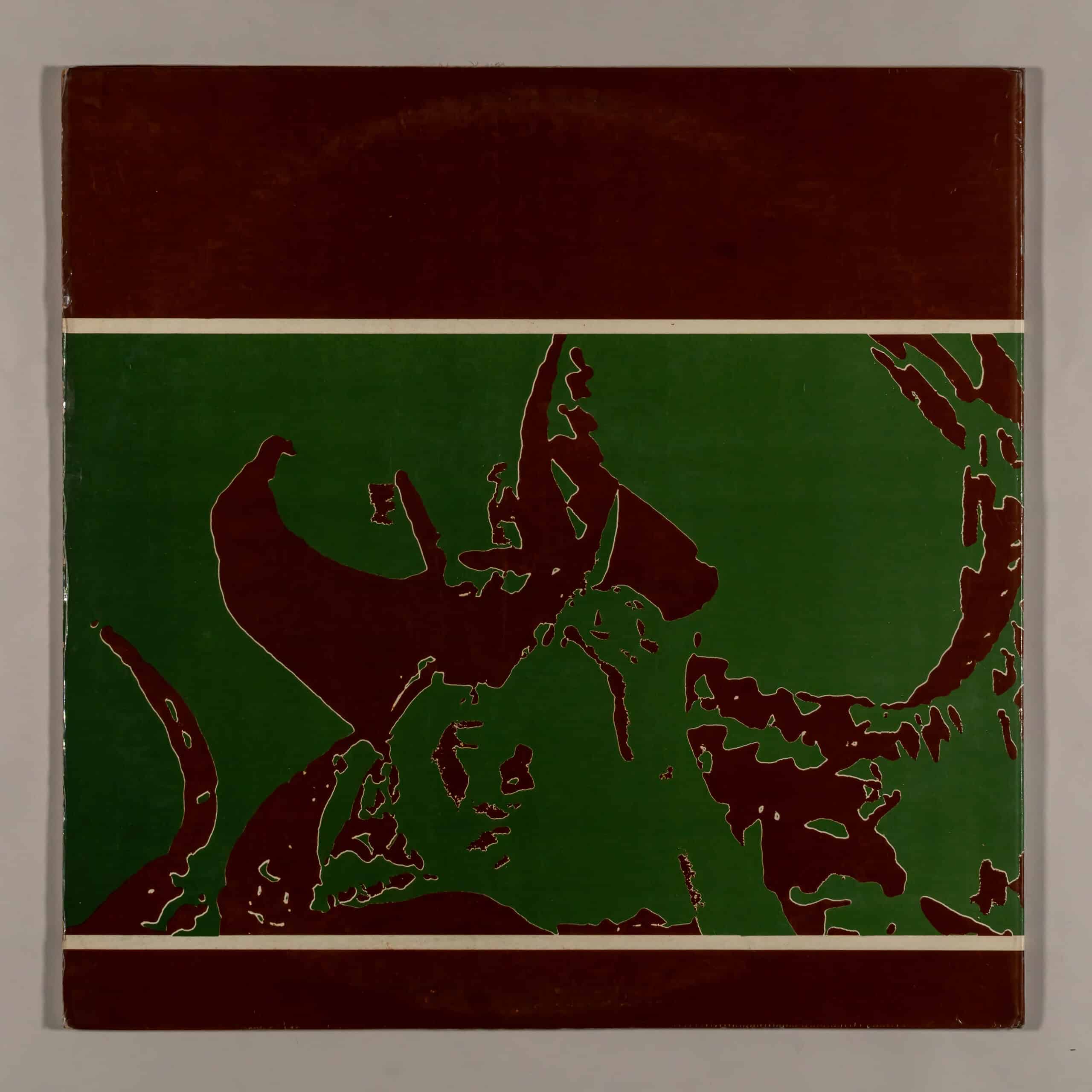
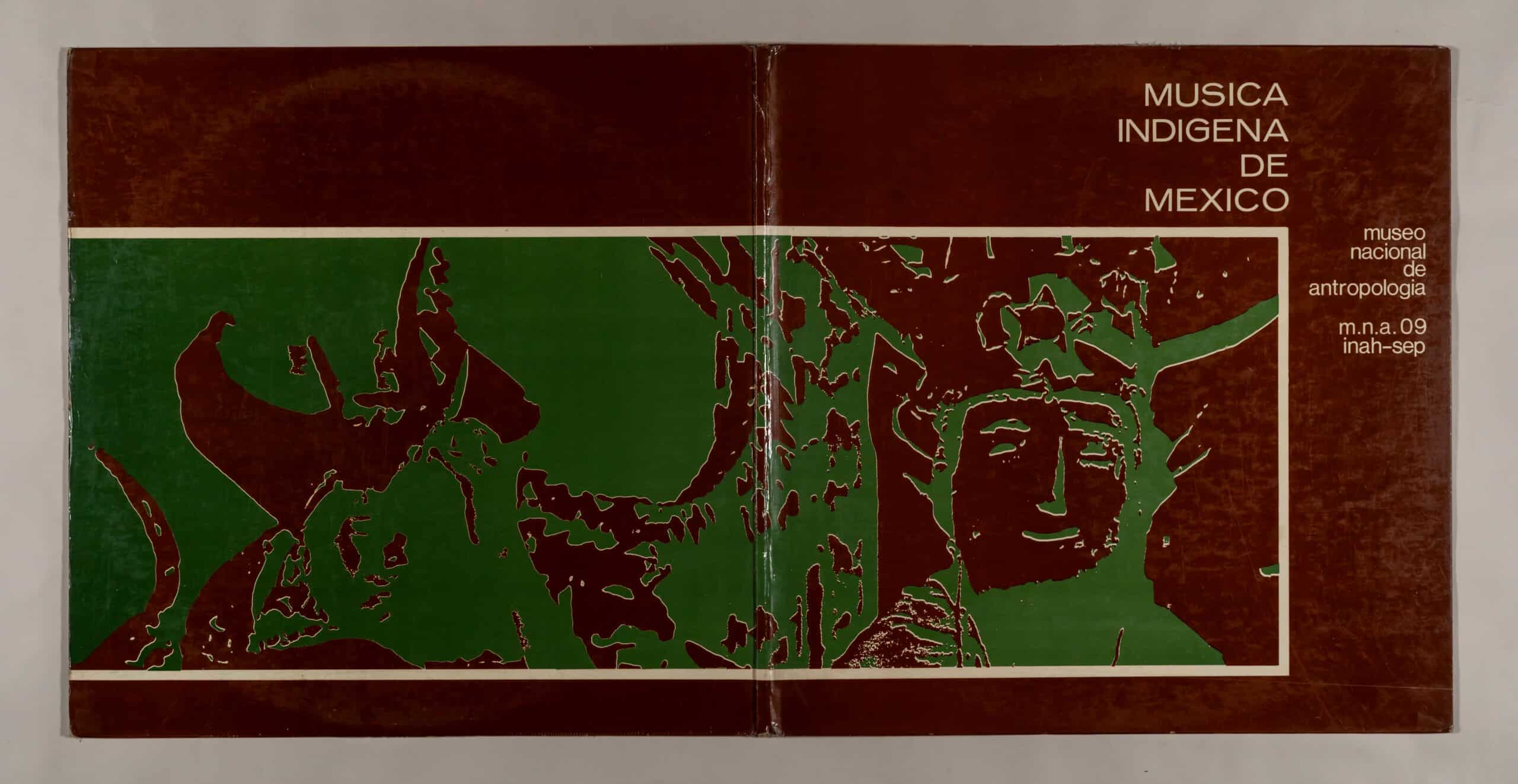
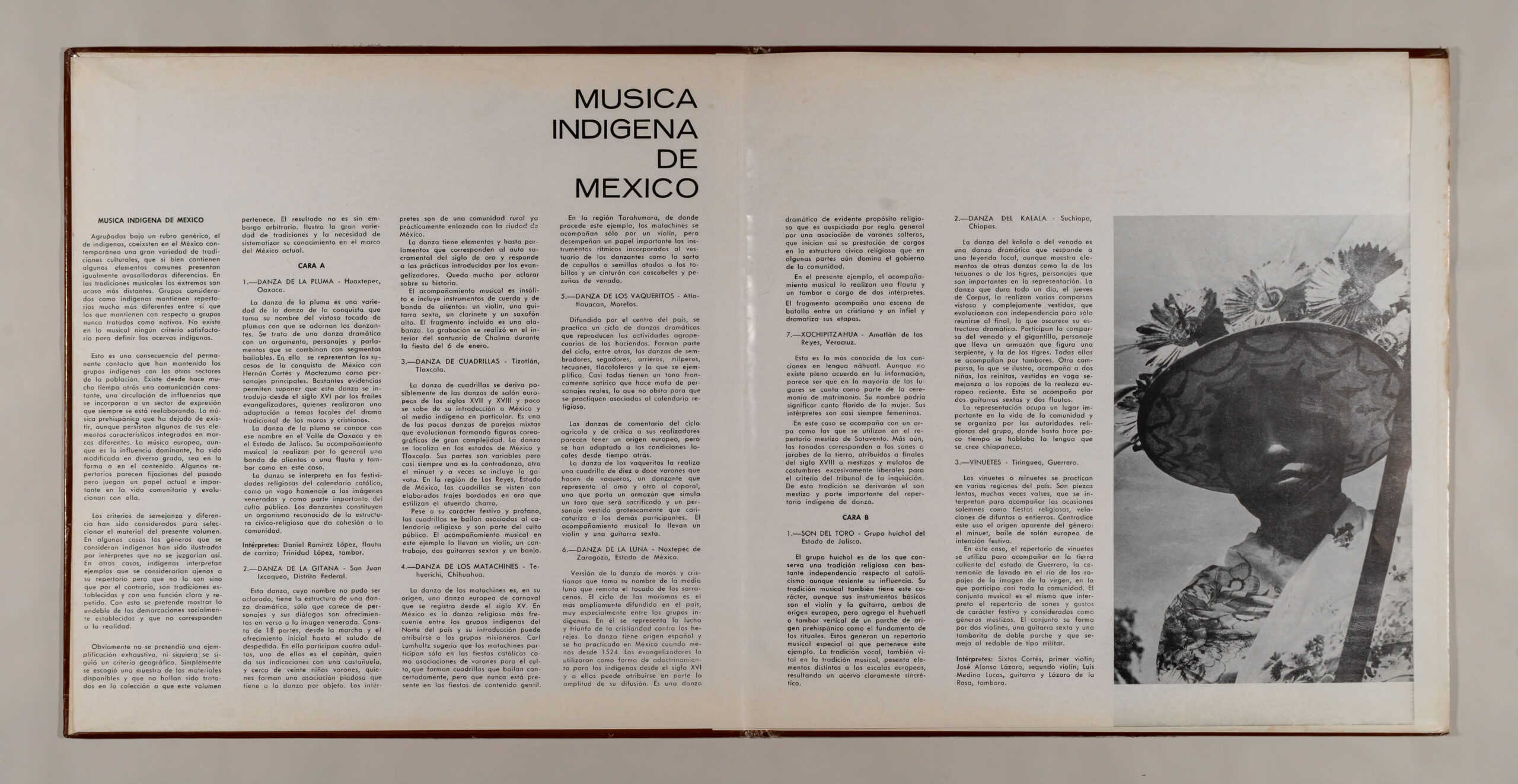
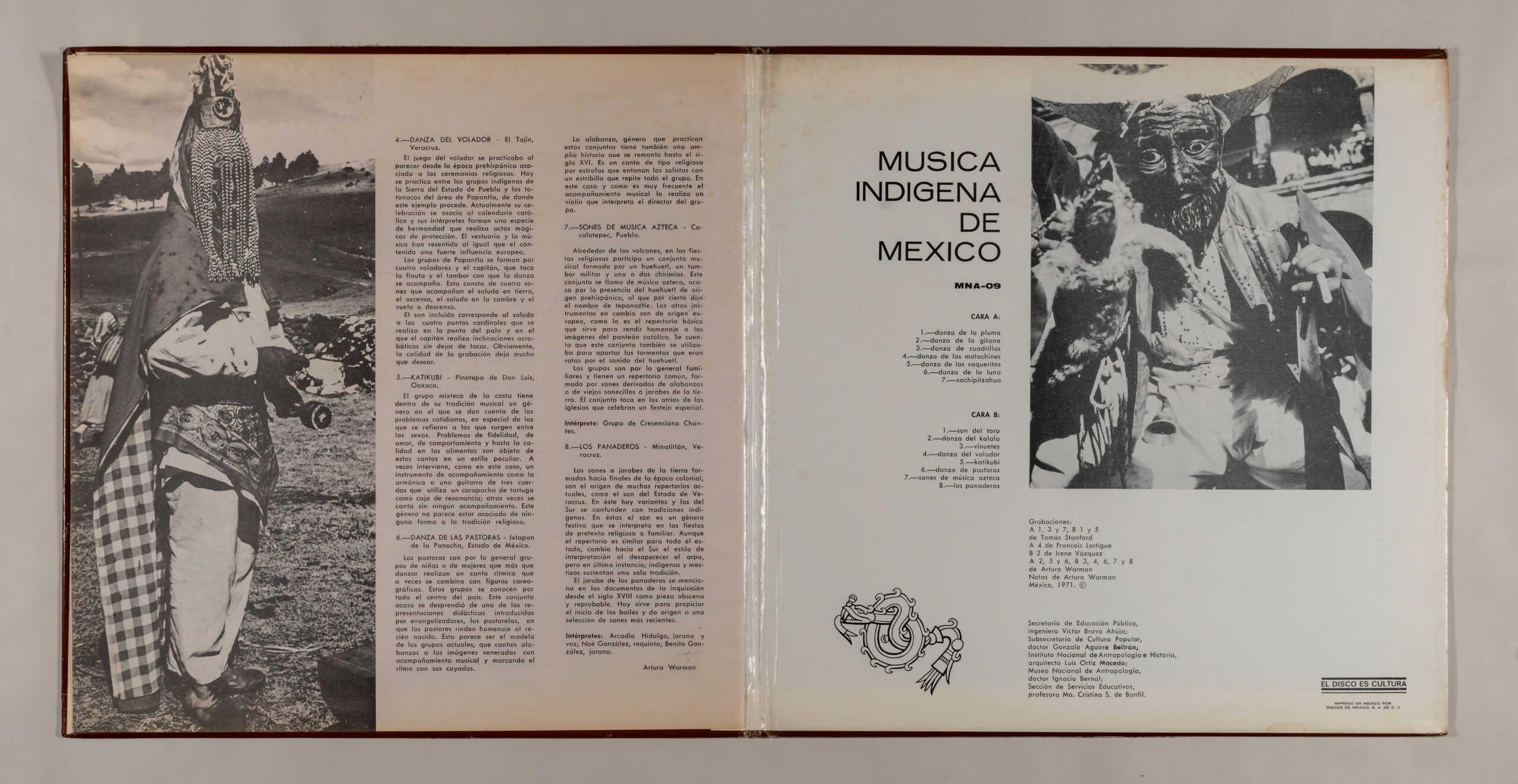
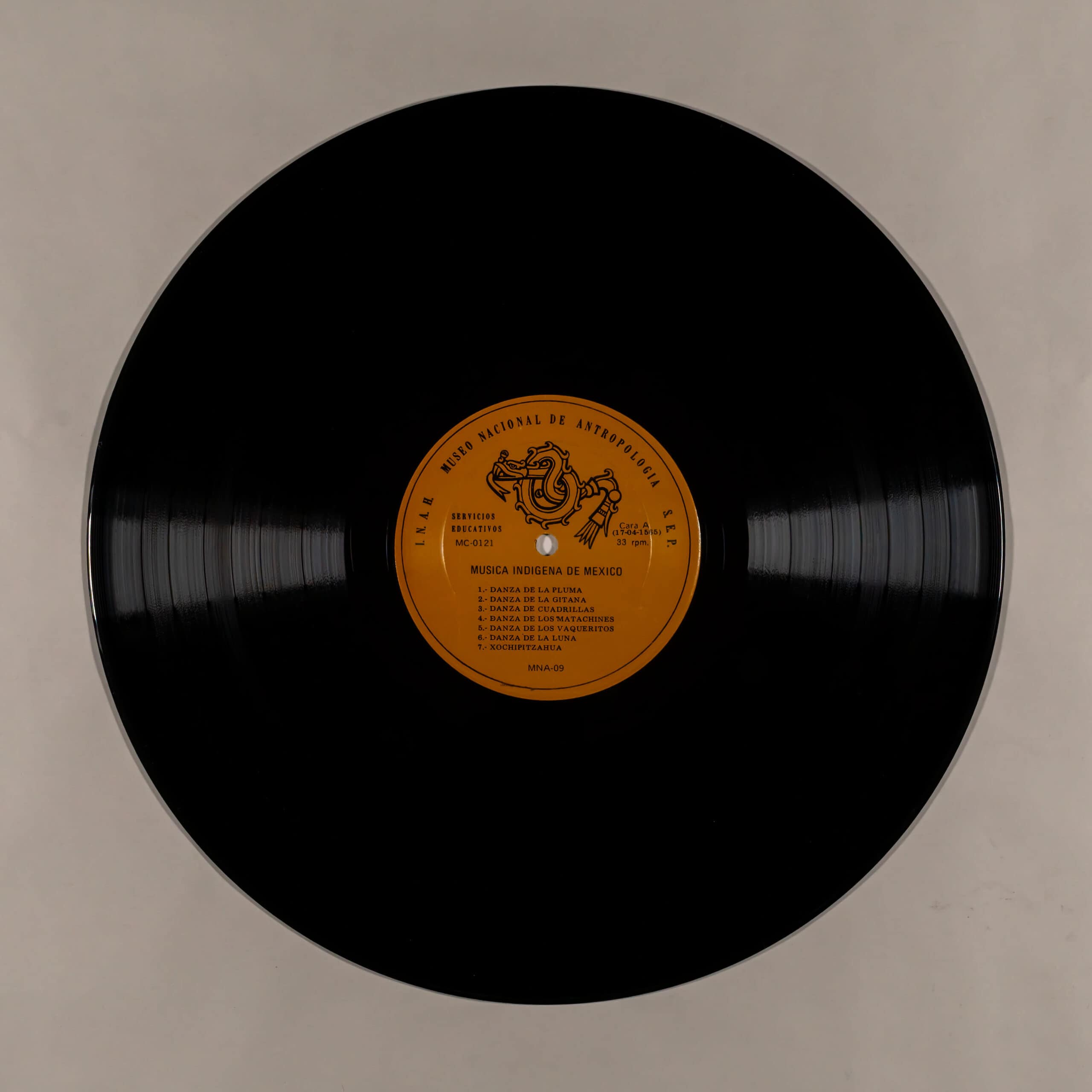
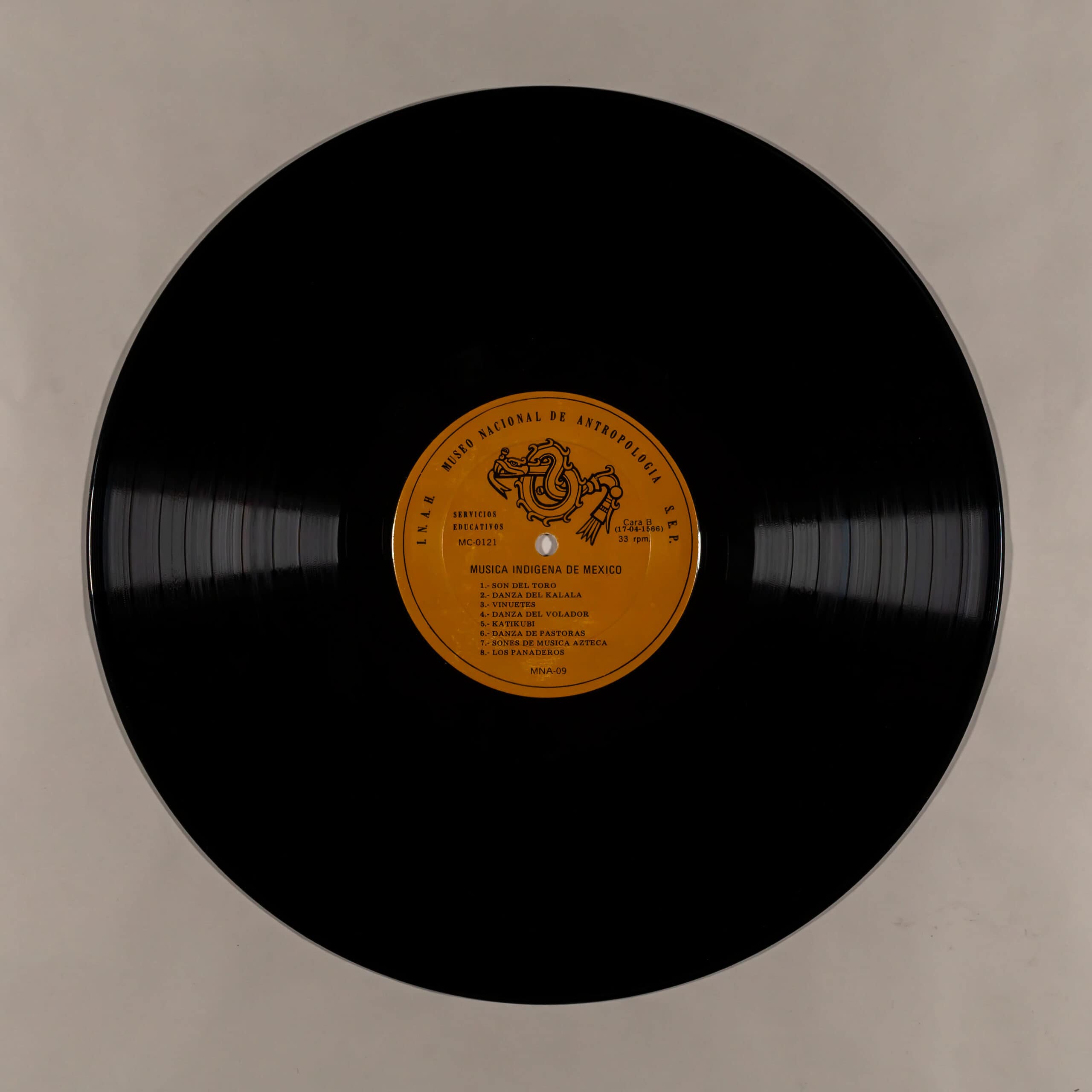
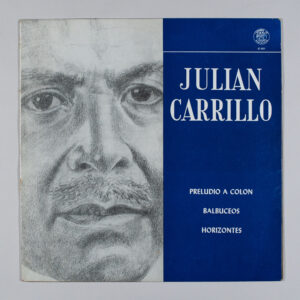
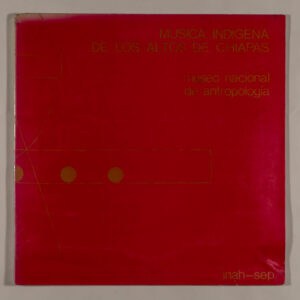
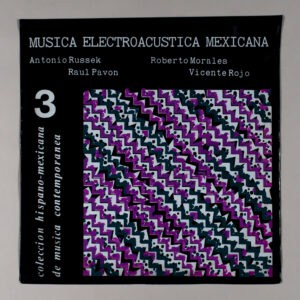
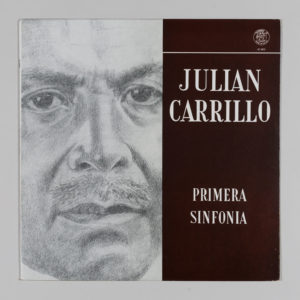

Reviews
There are no reviews yet.